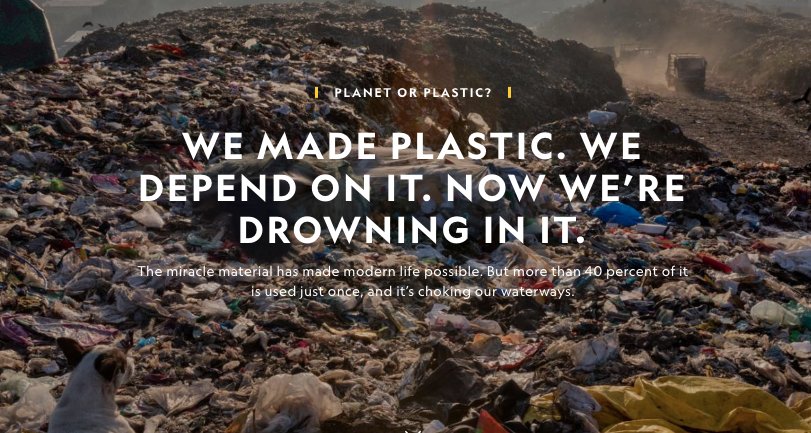THE STORY IS
ALIVE
CHINCHA MUSEUM
«Museums are
places where time is transformed into space».
Orhan Pamuk
October 10, 1965
was a historic day for the province of Chincha because the doors of the
Regional Museum were opened for the first time, history lovers and visitors
interested in learning more about the culture of the town of Chincha, you can
appreciate it in this museum which is located in the first block of Santo
Domingo street.
The museum has a
conference room where talks and presentations are held on related topics, on
the second floor there is an exhibition room with showcases containing those
vestiges left by the chinchas; archaeological remains of the Inca era, and
pieces made of ceramics, textiles, wood and lithic cultures related to the
ancient inhabitants of this city;
It also has a room for free art exhibitions where painters can exhibit their works of art.
This corner of
living history is open to the public in general, has an elevator to facilitate
the movement of people with disabilities, pregnant women and older adults to
the areas where the archaeological pieces are located. Some paintings by
Chichanos artists begin the tour of the museum.
Before entering the exhibition
hall you will find a brief written about what we will find inside and the
importance they have for the city of Chincha.
A museum speaks
for itself about the history of a town, so it should be considered essential
for every large and small Chinchano villager to visit it at least once, so also
to encourage other people to know and learn a little more land than He was born.









